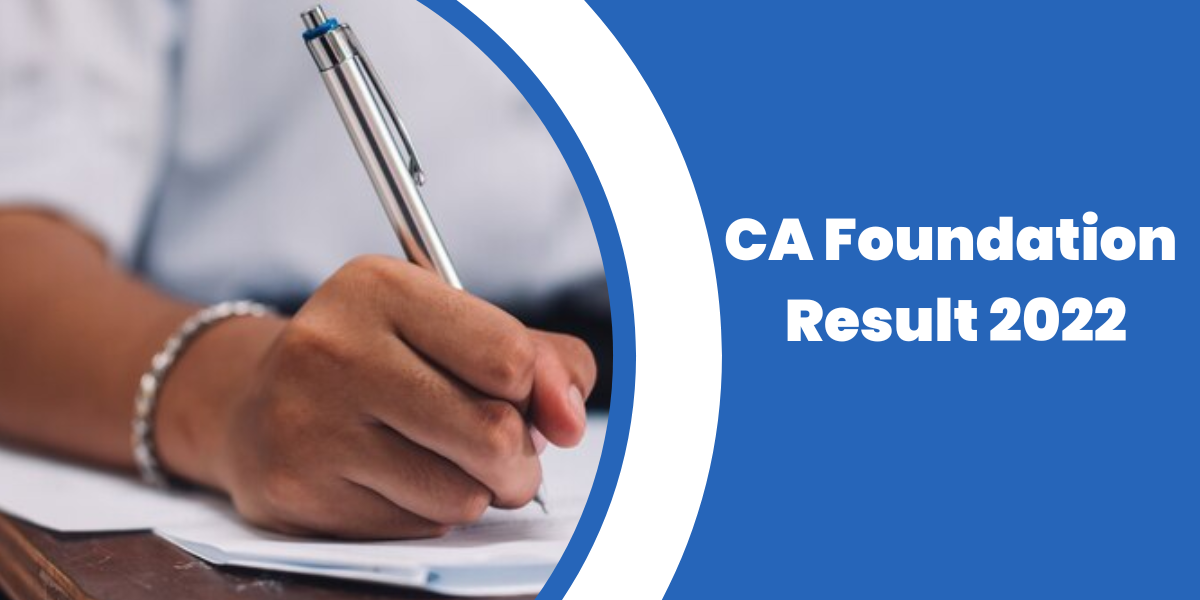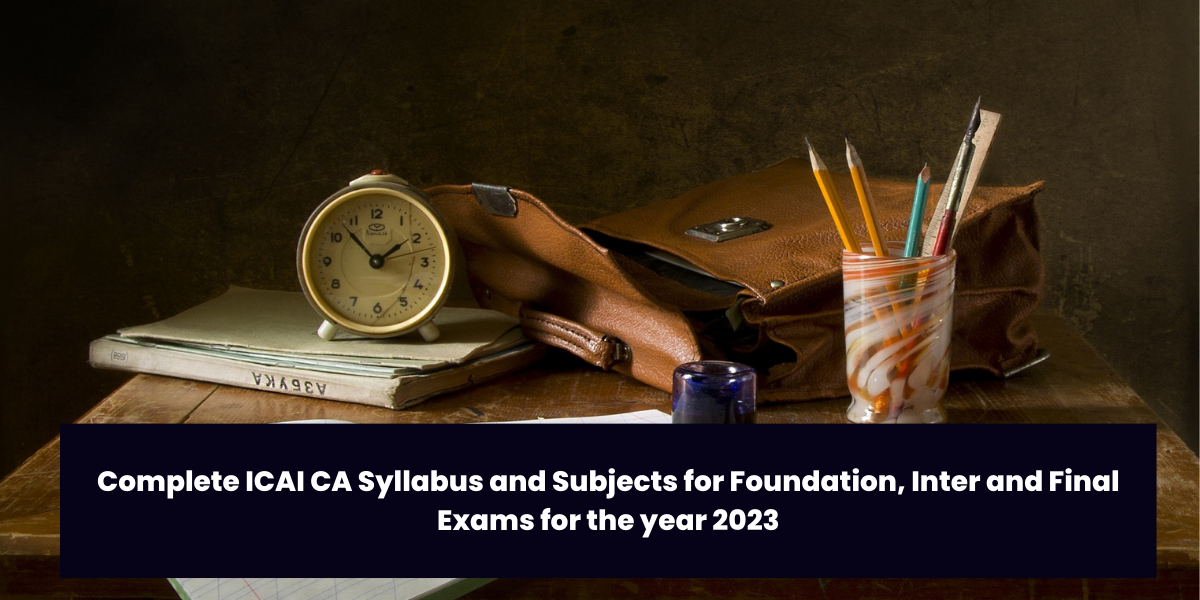8 Topper Tips to Study for the CA Foundation Exams for Sept 2024 Exams
Introduction
Aspiring chartered accountants starting their journey to conquer the CA Foundation exams in September 2024 face a challenging yet rewarding path ahead. Achieving success in these exams requires meticulous planning, disciplined study habits, and strategic preparation. To assist you in your quest for excellence, we present seven invaluable tips gleaned from the strategies of top CA Foundation exam toppers. Let’s delve into these tips to empower you on your path to success.
1. Should You Go for September 2024 Exams?
Deciding whether to appear for the September 2024 ICAI CA Foundation exams is a crucial consideration for aspiring candidates. Commencing your preparation at least 4 to 5 months prior to the exam is advisable to ensure comprehensive coverage of the syllabus and ample time for thorough revision. While the timeline may vary for each individual based on their unique capabilities, starting early lays a solid foundation for success.
2. Preparation Tips for September Exams
To embark on a journey towards success in the September 2024 CA Foundation exams, it’s essential to adhere to the following preparation tips:
3. Understand Syllabus and Exam Pattern
Before immersing yourself in your studies, acquaint yourself with the CA Foundation syllabus and exam pattern. A clear understanding of these aspects enables you to tailor your study plan effectively, allocating time and resources to each subject according to its weightage and complexity.
4. Take Classes from Best Faculty
Selecting the right faculty is instrumental in shaping your understanding and mastery of the CA Foundation subjects. Opt for reputable and experienced instructors who not only possess deep subject knowledge but also impart valuable insights and exam strategies. Quality teaching enhances comprehension and lays a robust foundation for exam success.
5. Learn Tricks to Solve Questions Fast
In the fast-paced environment of CA exams, time management is paramount. Equip yourself with techniques and shortcuts to solve questions swiftly without compromising accuracy. Regular practice of these strategies hones your skills, enabling you to navigate the exam with confidence and efficiency.
6. Make Study Plan
Crafting a meticulous study plan is indispensable for effective exam preparation. Break down the syllabus into manageable segments, allocating dedicated time to each subject and topic. A well-structured study plan instills discipline, ensures comprehensive coverage of the curriculum, and minimizes last-minute cramming.
7. Revise All Topics
Revision serves as the linchpin of exam preparation, reinforcing your understanding of concepts and consolidating knowledge retention. Allocate regular intervals for revision sessions, aiming to revisit each topic multiple times before the exam. Employ varied revision techniques such as flashcards, summaries, and practice questions to reinforce learning and enhance recall.
8. Attempt Mock Tests
Mock tests serve as invaluable tools for gauging your preparedness and acclimatizing yourself to the exam environment. Regularly undertake mock tests to simulate exam conditions, assess your strengths and weaknesses, and identify areas for improvement. Analyze your performance meticulously, leveraging insights to refine your study strategy and bridge any knowledge gaps.
FAQs
Should you skip the September 2024 attempt?
Consider skipping if needing more prep time, a mental break after failed attempts, or to avoid extra fees. Take it if knowledge is fresh, before syllabus changes, and timing works for you. Analyze your readiness and circumstances.
Who are the recommended faculty for CA Foundation classes?
For CA Foundation classes, highly recommended faculty include Amol Sir, Aman Sir, Pavan Sir & Abhijit Sir from Vsmart Academy for their engaging teaching style & excellent subject knowledge.
Is preparing for CA Foundation Law challenging?
Yes, CA Foundation Law can be challenging due to its theoretical nature and vast syllabus. However, with proper guidance, regular practice, and effective time management, it is absolutely possible to master this subject.
Conclusion
The journey to conquer the CA Foundation exams in September 2024 necessitates a combination of diligence, strategic planning, and unwavering determination. By incorporating the seven topper tips elucidated in this guide, you can fortify your preparation and enhance your prospects of success. Remember, success in the CA Foundation exams is not merely a destination but a testament to your perseverance, resilience, and dedication. Embrace the challenge, stay focused, and let your aspirations soar. Your journey to becoming a chartered accountant awaits. Best of luck!










